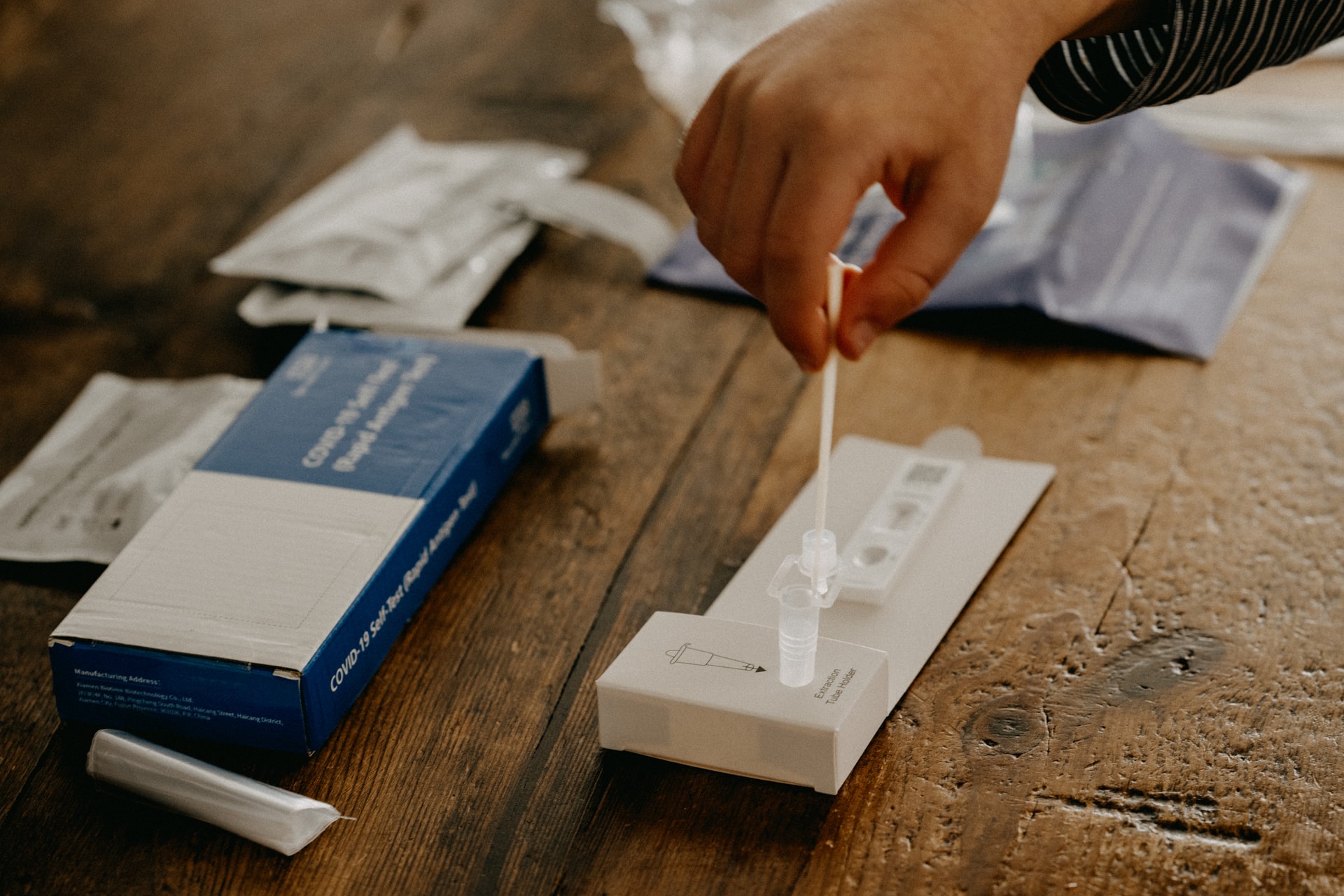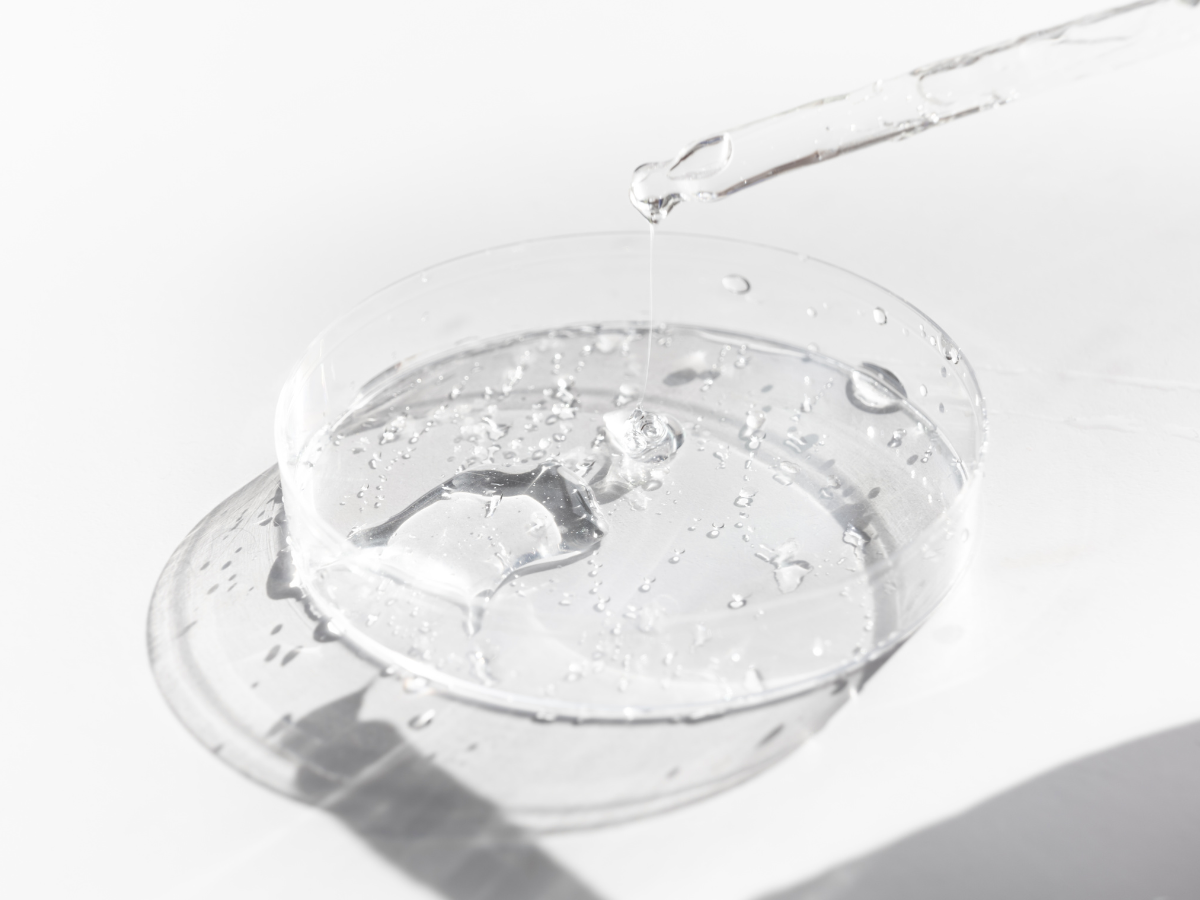For certain class D in vitro diagnostic medical devices, there are no harmonised standards to respond to some requirements of Annex I of Regulation (EU) 2017/746. However, there is a need to address public health concerns as they can pose significant risks for public health and patient safety. Therefore, it is appropriate to adopt common specifications for those devices in respect of those requirements.
The common technical specifications under the Directive 98/79/EC were set out in Commission Decision 2002/364/EC. Once the Regulation (EU) 2017/746 replaced the Directive 98/79/EC, some of those common technical specifications have to be updated to reflect the current state of the art.
Entry into force and date of application
Regulation (EU) 2022/1107:
- Enters into force in 25 July 2022
- Applies from 25 July 2024
Transitional provisions
To ensure a continuous high level of safety and performance of devices, as a transitional measure, it is presumed that devices in conformity with Decision 2002/364/EC are in conformity with the requirements for certain performance characteristics set out in Annex I of Regulation (EU) 2017/746 until 25 July 2024.
Devices that are not in conformity with the common technical specifications set out in Decision 2002/364/EC should adopt solutions to ensure an equivalent level of safety and performance.
Devices that are in conformity with the common specifications set out in Regulation (EU) 2022/1107 are presumed to be in conformity with the performance requirements referred in Annex I to Regulation (EU) 2017/746.
Which requirements of Annex I of Regulation (EU) 2017/746 are covered by the common specifications?
Regulation (EU) 2022/1107 lays down common specifications for certain class D in vitro diagnostic medical devices in respect to the following performance requirements set out in Annex I to Regulation (EU) 2017/746:
- Section 9.1, points (a) and (b)
- Section 9.3
- Section 9.4, point (a)
List of annexes of Regulation (EU) 2022/1107
- Annex I – general common specifications for devices covered by Annexes II to XIII
- Annex II – common specifications for devices intended for detection of blood group antigens in the ABO, Rh, Kell, Duffy and Kidd blood group systems.
- Annex III – common specifications for devices intended for detection or quantification of markers of human immunodeficiency virus (HIV) infection.
- Annex IV – common specifications for devices intended for detection or quantification of markers of human T-cell lymphotropic virus (HTLV) infection.
- Annex V – common specifications for devices intended for detection or quantification of markers of hepatitis C virus (HCV) infection.
- Annex VI – common specifications for devices intended for detection or quantification of markers of hepatitis B virus (HBV) infection.
- Annex VII – common specifications for devices intended for detection or quantification of markers of hepatitis D virus (HDV) infection.
- Annex VIII – common specifications for devices intended for detection of markers of variant Creutzfeldt-Jakob disease (vCJD).
- Annex IX – common specifications for devices intended for detection or quantification of markers of cytomegalovirus (CMV) infection.
- Annex X – common specifications for devices intended for detection or quantification of markers of Epstein-Barr virus infection (EBV).
- Annex XI – common specifications for devices intended for detection of markers of Treponema pallidum infection.
- Annex XII – common specifications for devices intended for detection or quantification of markers of Trypanosoma cruzi infection.
- Annex XIII – common specifications for devices intended for detection or quantification of markers of severe acute respiratory syndrome coronavirus 2 (SARS-CoV-2) infection.















